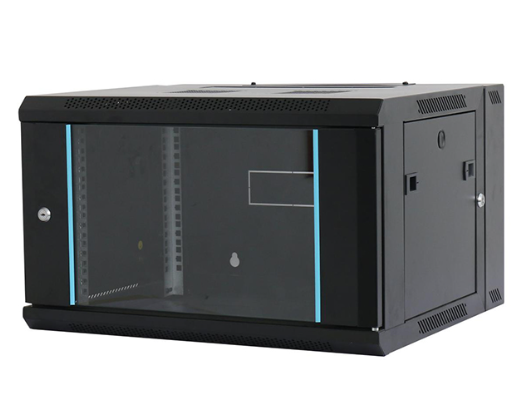News
Site Editor
 Site
https://leonetworkgroup.usa18.wondercdn.com/uploads/image/5fe152faa587d.png
A patch panel is an essential component in network cabling infrastructure. It provides a centralized connecting point for network cables that run throughout a building. On the other hand, a switch is a network device that routes traffic between computers, printers, servers, and other network devices. In this article, we will discuss how to connect a patch panel to a switch.Step 1: Buy a Patch Pane
Site
https://leonetworkgroup.usa18.wondercdn.com/uploads/image/5fe152faa587d.png
A patch panel is an essential component in network cabling infrastructure. It provides a centralized connecting point for network cables that run throughout a building. On the other hand, a switch is a network device that routes traffic between computers, printers, servers, and other network devices. In this article, we will discuss how to connect a patch panel to a switch.Step 1: Buy a Patch Pane
How To Connect A Patch Panel To A Switch
Views: 708
Author: Site Editor
Publish Time: 2023-07-14
Origin: Site
A patch panel is an essential component in network cabling infrastructure. It provides a centralized connecting point for network cables that run throughout a building. On the other hand, a switch is a network device that routes traffic between computers, printers, servers, and other network devices. In this article, we will discuss how to connect a patch panel to a switch.
Step 1: Buy a Patch Panel and Switch
Before you can connect a patch panel to a switch, you need to make sure to purchase both the patch panel and switch. There are many different types of patch panels, so be sure to choose the one that best suits your needs. Similarly, switches come in many different sizes and configurations. Make sure you choose one that works well with your patch panel and your network infrastructure.
Step 2: Prepare the Connections
Before connecting the patch panel to the switch, you need to prepare the connections. Start by preparing the cables that will connect the patch panel to the switch. Usually, these cables are Ethernet cables with RJ45 connections. Ensure that you have the correct length of cable that will run from the patch panel location to the switch location.
Step 3: Mount the Patch Panel
Once you have prepared the connections, you can now mount the patch panel in the desired location. You can mount the patch panel on a wall or any other flat surface. After mounting the patch panel, you can start to connect the Ethernet cables to the necessary ports on the patch panel.
Step 4: Connect the Ethernet Cables
After mounting the patch panel, you can now connect the Ethernet cables to the necessary ports. Make sure to attach the appropriate Ethernet cables to the correct ports on the patch panel. You may need to remove the outer sheath of the cable to expose the twisted pairs of wires inside. Use a wire stripper to remove the outer sheath of the cable.
Step 5: Connect the Patch Panel to the Switch
Once all the Ethernet cables are connected to the patch panel, you can connect the patch panel to the switch. Connect the Ethernet cables from the patch panel to the appropriate ports on the switch. Make sure all connections are tight and secure. You can use cable ties to organize the cables neatly.
Step 6: Check the Connections
After connecting the patch panel to the switch, it is essential to check the connections. Test each connection to ensure that all the connections are working correctly. You can use a network cable tester to verify each connection. This test will confirm that there are no connectivity issues between the patch panel and the switch.
In conclusion, connecting a patch panel to a switch is relatively easy. By following the six steps outlined above, you can connect your patch panel to your switch without any problems. Your network infrastructure will be better organized and easier to manage after making these connections.
If you want to know more about industrial network cabinet,china fiber optic splice closure,china fiber optic distribution box,please consult the fiber optic splice closure factory









